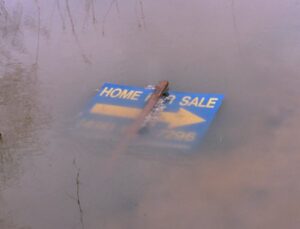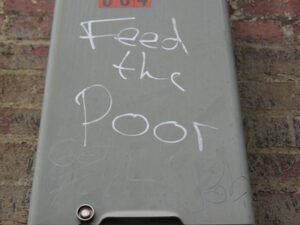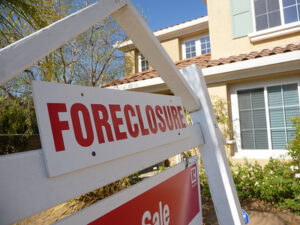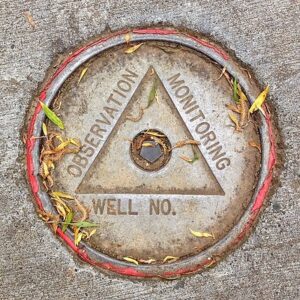According to data released by the Federal Reserve today, fewer than 54% of American households could weather three months of expenses if they lost their primary source of income. That’s a slight decrease over last year, and a drop from 59.1% in 2021. It’s also a decrease from the 55% that American families reported just prior to the start of the COVID-19 pandemic.
In essence, some American households have lost their pre-pandemic personal savings. The news about personal savings isn’t all bad. Even with the slip, more American households have a healthy savings cushion today than the Fed recorded a decade ago.
At the same time, a growing number of Americans are worried about their ability to pay for relatively small, unexpected expenses. A January Bankrate survey found that two-thirds of Americans doubted their ability to cover one month of unemployment. More than half of respondents said they would need to borrow if they received an unplanned $1,000 bill.
In the same survey, one of three respondents reported that they had more credit card debt than savings, and 10% had neither savings nor credit card debt at all. For these respondents, the ability to borrow or use credit cards to manage unexpected expenses may be unavailable.
According to the Fed, Americans are having a harder time saving money. As of March 2024, the personal saving rate in the US was 3.2%. That matches the personal saving rate in August 2022, and is the third-lowest personal saving rate on record since January 2010. What’s at the heart of Americans’ financial anxieties?
Americans’ real spending and interest on debt has outpaced real income. You can argue about what’s causing the increases in real spending and interest, but Americans’ real income is a real factor.
American households would benefit from engaged community colleges
If community college administrations were doing their collective jobs – and they’re not – they would carefully monitor real income and real expenses at least annually. Those data points should factor into the discussion of which degree programs are economically viable and which ones aren’t.
Are real earnings for these graduates rising, falling, or remaining steady compared to real expenses? If a degree can’t hold its own against real expenses, is there anything the college can do to tweak the program to correct the program’s earnings-to-expenses balance? If not, the college should suspend the program or shut it down altogether.
If each program were evaluated in the context of their actual economic return to graduates, it would be much easier to justify program creation and program elimination. It would also be easier to determine the ACTUAL economic value the community college generates for the county. In WCC’s case, graduates who neither live nor work in Washtenaw County should be evaluated as an economic loss generated by WCC. We (the taxpayers) waste money and other resources educating people who will never work or live here, so why not identify them as negative economic effort on WCC’s part?
In my mind, the WCC Trustees owe the Washtenaw County taxpayers a firm, defensible explanation for why we are extending significant discounts on tuition to students who have no connection to Washtenaw County. It is not the responsibility of Washtenaw County taxpayers to subsidize tuition for anyone and everyone outside of Washtenaw County who registers for an online class. Whoever they are, wherever they are, they should be paying the unsubsidized tuition rate, which represents the real cost to educate a student.
The WCC Trustees need to explain publicly why they believe otherwise.
Photo Credit: Adrian Scottow, via Flickr































